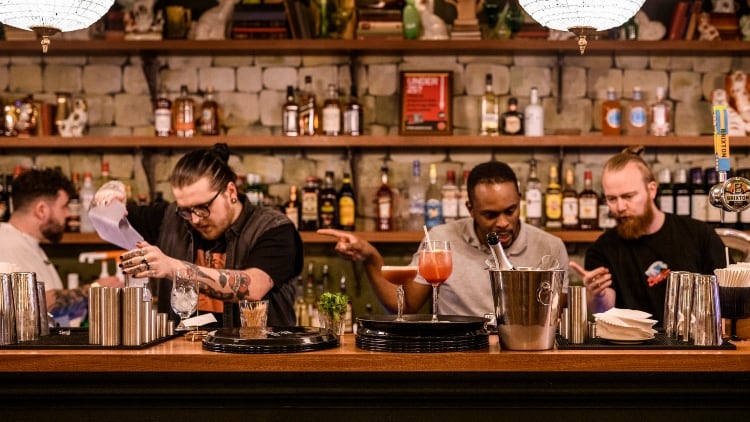Surging interest rates and weak demand for premium brands led to the collapse of 52 craft breweries compared to 35 in 2022, according to accountancy firm Price Bailey, which obtained the data from the Insolvency Service under the Freedom of Information Act.
The accountant said many breweries rely on debt to finance the acquisition of equipment, raw materials and day-to-day operating costs. As debt payments have risen with each interest rate hike, an increasing number of breweries have been unable to make payments on loans, pushing them into insolvency.
However, the Society of Independent Brewers & Associates (SIBA)’s own research – The SIBA UK Brewery Tracker – found there has been a net closure of just 13 breweries (all varieties, not just craft breweries) across the UK as the figure of 1,828 open at the start of 2023 was reduced to 1,815 on 1 January 2024.
Price Bailey explained the Bank of England interest rate began 2023 at 3.5% but rose to 5.25% by the end of the year while the Government’s £18bn energy support package for businesses began to taper away at the end of the first quarter of 2023 meaning energy costs for brewers rose sharply from the second quarter onwards.
Downgrading drink choices
Other factors hitting craft breweries, and the sector at large, include the need to repay Covid support loans, increased overheads driven by raw material and wage rises, plus a squeeze on consumer spending power that, arguably, has pushed drinkers to downgrade from premium brands.
Price Bailey head of insolvency & recovery Matt Howard said: “Last year was the worst year for the brewing industry in well over a decade but there are grounds for optimism.
“With inflation falling, spending power rising and the prospect of a rate cut later in the year, there is reason to believe that 2024 should provide some relief for struggling brewers.
“The craft beer market has seen explosive growth over the past decade to the point of oversaturation. With many microbreweries struggling to turn a profit in the first few years of trading, you only need a shrinking market for a short period for unsustainable debts to pile up.
Limited options
“Many craft breweries start out by selling small batches to local pubs but a record number of pubs closed last year, which has limited their options. Pubs are less willing to take risks on new beers where there is uncertain consumer demand.”
“While many multinational brewers are seeing bumper profits, smaller independents generally have much higher exposure to market risks. While 2024 is already seeing an improvement in trading conditions for brewers, we are likely to see many brewers fall by the wayside as the sector continues to consolidate around fewer premium brands.”
Rob Fink, founder and CEO of alcohol-free beer brewer Big Drop added: “The independent sector is now sufficiently loud that trying to make yourself heard is increasingly difficult.
“You’ve got to have a really compelling reason for why retailers should take one of those big names off the shelves, because shelf space is limited.
“That doesn’t mean you can't build a small craft brewery in your local area that makes really great beer, has a compelling brand and can sell to independent pubs locally.”




